Communities from cyclone-hit areas will receive funding to rebuild their predator control efforts in our latest round of funding.
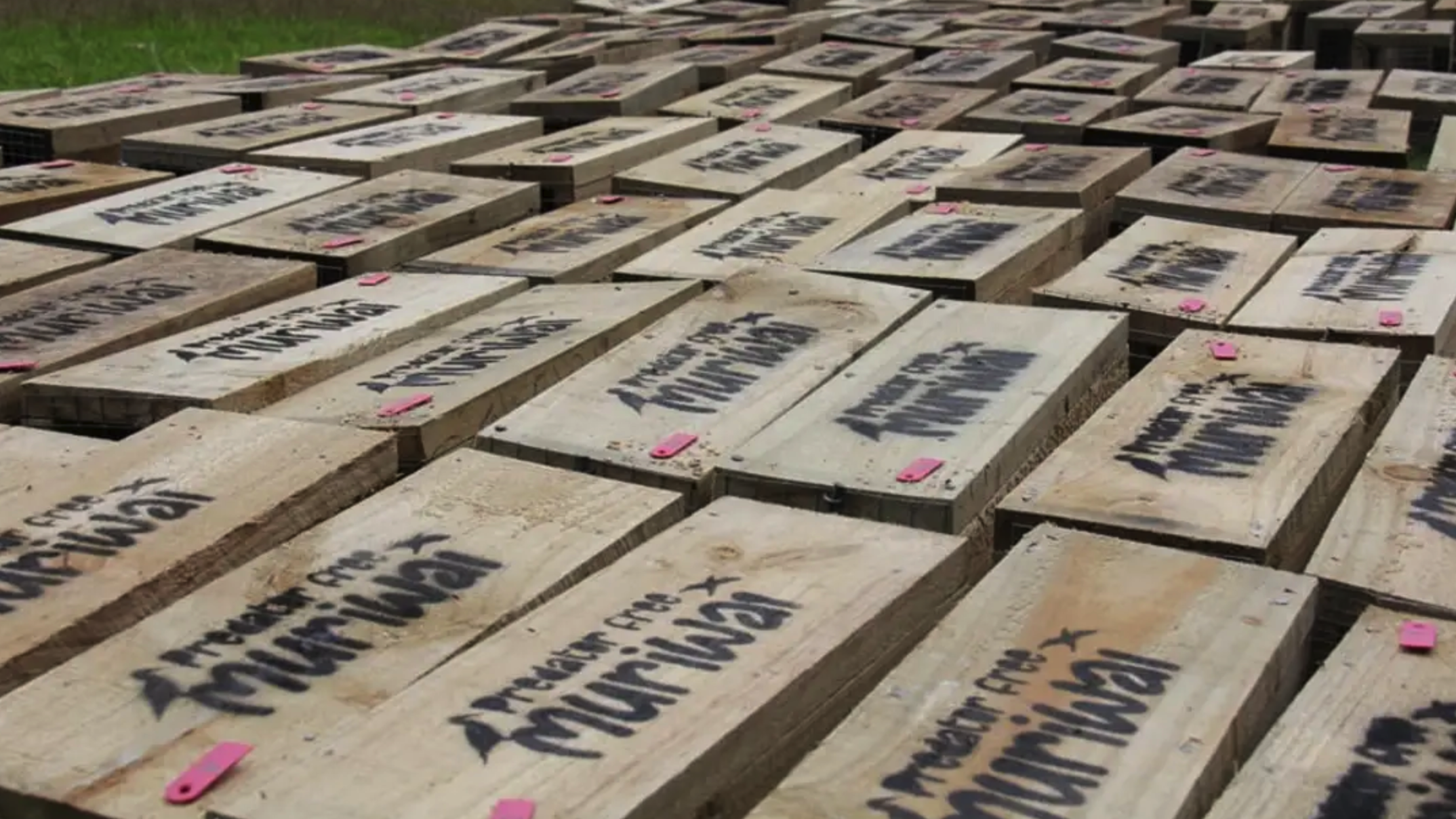
A slice of $50,000 is on the way to 13 community groups as the grassroots predator control movement grows. Special mention goes out to those communities affected by Cyclone Gabrielle. Amid the chaos, destruction and repairs, these resilient communities are rallying together and rebuilding predator control efforts. It’s heartening to see communities come together to restore their own homes and lives and the ecosystem around them.
Groups funded by region
Auckland
Mahurangi East Residents & Ratepayers Association (MERRA)
Mahurangi East an hour north of Auckland is a quintessential Kiwi seaside paradise: dense bush, sandy bays, and clear turquoise water. Its residents are also busy transforming the peninsula into a paradise for birds, lizards and bugs. Mahurangi East Residents & Ratepayers Association (MERRA) has controlled possums for over thirty years – all females have been removed, with only the odd incursion that is swiftly dealt with! Rabbits, rodents and mustelids are also targeted on DOC and council land with no plans to let up.
With funding from the Trust, MERRA plans to expand their trap and bait coverage to backyards. With decades of experience and knowledge, MERRA members will train keen residents on the most effective way to catch rodents and monitor their activity on Trap.nz.
Pest Free Piha
Traps are flying out the door as residents of Piha village try to claw back their predator control gains after Cyclone Gabrielle. A funding boost to Pest Free Piha will help residents replace traps and bait stations that have disappeared under slips and manage a rat explosion following the severe weather event in February.
Residents have already anecdotally noticed ōi (grey-faced petrel) returning to nest on the southern cliffs of Piha, tūturiwhatu (dotterel) fledging chicks from their first nest and more kororā (little blue penguin) nesting in the rocks below the cliffs. The community is determined to continue its strategic goal of weed and predator free Piha by 2025.
Predator Free Muriwai
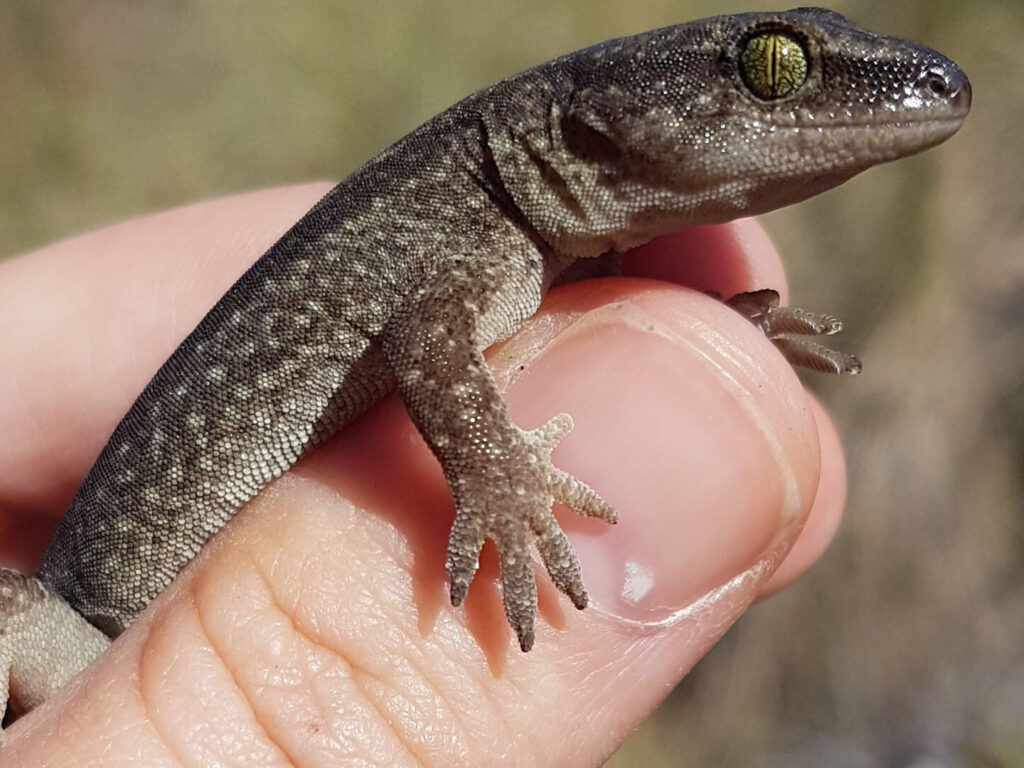
This coastal community to the west of Auckland has come out punching after Cyclone Gabrielle. Predator Free Muriwai wants to kick into new gear and continue creating a wildlife corridor from the Waitakere Ranges – but the recent cyclone had different ideas. Hundreds of people were displaced, existing traps were washed away, and rodents are now making the most of rotting food in empty red-stickered houses.
Funding will provide momentum to protect unique wildlife (such as the Muriwai gecko), act as a “love letter to Muriwai” and bring the wider community together as residents rebuild after the cyclone. The plan for this includes trap-building workshops, selling traps, and engaging with local iwi and schools.
Predator Free Stillwater
Close to the last remnant of coastal kauri forest and home to declining pāteke (brown teal), migrating kuaka (godwit) and tūturiwhatu (dotterel), the seaside village of Stillwater is ripe for a backyard trapping effort. Friends of Okura Bush (FOOB) operate a successful backyard trapping programme just on the other side of the bush and are keen to get their Stillwater neighbours stuck in. Developing the new group will reduce reinvasion into the existing predator-controlled areas along the nearby Hibiscus Coast, including several Significant Ecological Areas (SEAs).
The action plan is to hold information events, identify local coordinators, issue traps to interested residents and get some friendly rivalry between Okura and Stillwater in the annual Great Rat Knockdown competition.
Puhoi Landcare Group
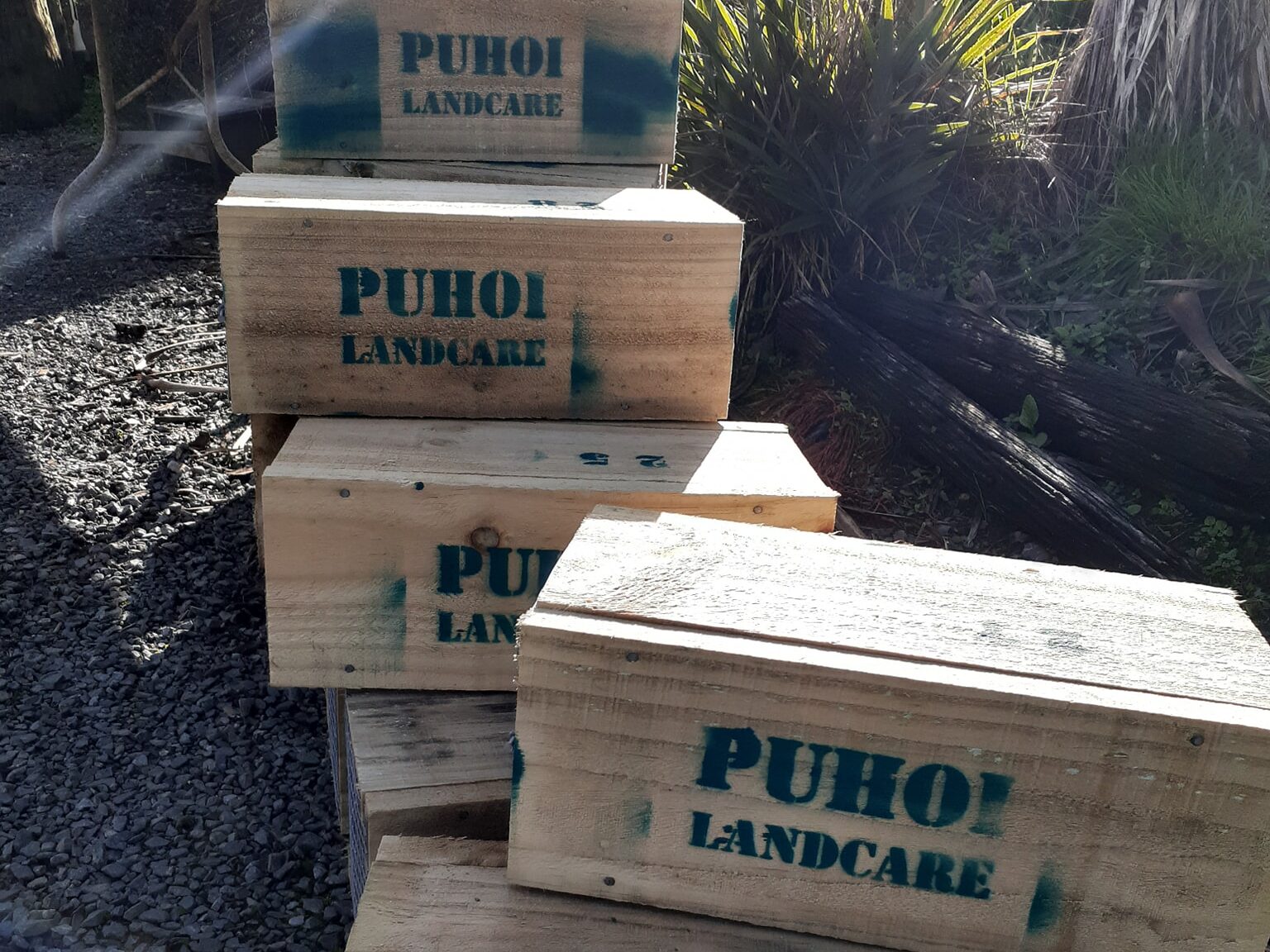
The tiniest members of the whitebait species are receiving a helping hand from a community trapping group in Puhoi village, 50km north of Auckland.
Puhoi Landcare Group are working to protect inanga eggs and juveniles, the smallest of the whitebait species which introduced predators eat. The group wishes to expand their trap network and involve more residents in the Puhoi village.
With funding from the Trust, the group is able to supply rat and possum traps, personal advice, and follow-up support to 50 new households. Thanks to partnerships with Whitebait Connections and the Forest Bridge Trust, the local community is able to keep introduced predators at bay. Whitebait Connections traps on public land near the river, while the Forest Bridge Trust traps on farmland.
By working together, these organisations are able to create a comprehensive and effective network of traps that helps to protect the inanga eggs and juveniles.
Gisborne
Predator Free Turanganui
Motivating rangatahi (young people) into nature and creating an urban predator free buffer fuels this new community group in Tāirawhiti (Gisborne). Predator Free Turanganui is in Kaiti, a suburb nestled between Waimata River and Titirangi Maunga, both with restoration projects underway.
Despite the recent cyclone devastating the Gisborne area, the group is still determined to continue their mission. The first step is to organise community days at the local marae, providing free traps to the participants, and offering training on how to use them. The group’s goal is to get one trap in every five backyards, creating an urban buffer to support the work on the maunga and river. By engaging the younger generation and promoting community involvement, Predator Free Turanganui is creating a sustainable, predator free environment that will benefit future generations.
Manawatū-Whanganui
Predator Free Ohakune (PFO)
Low-key trapping in ski-town Ohakune is about to ratchet up a notch – or two. A few dedicated local trappers have kept Predator Free Ohakune alive for years. Now, they are resolved to make a bigger impact on their community and are launching in true Ohakune style: at the upcoming Carrot Festival.
Predator Free Ohakune has the backing of nearby established groups (Project Tongariro and Owhango Alive) and will hold a trap-building workshop and information stand at the Carrot Festival in June to generate local interest. Starting with 20 traps and lure, the group have secured a special visit from predator control expert Cam Speedy to motivate and teach keen residents the best way to trap right from the start.
Wellington
Predator Free Karori
Karori, a suburb of Wellington, enjoys some of the best of native wildlife seen in a residential setting. Kākā are regular visitors, as are tūī, kererū, pīwakawaka and kākāriki – all perks of being a neighbour to Zealandia ecosanctuary. Kiwi are now also on the suburb’s doorstep, thanks to the work of the Capital Kiwi Project. But with such perks come great responsibilities to provide safe habitat. Luckily, long-established Predator Free Karori are up to the challenge.
With funding from the Trust, Predator Free Karori can reinvigorate its community with traps and tunnels, with the goal of getting 20% of households regularly trapping. The group plans to revive the existing trap network and provide traps to those households that do not have them.
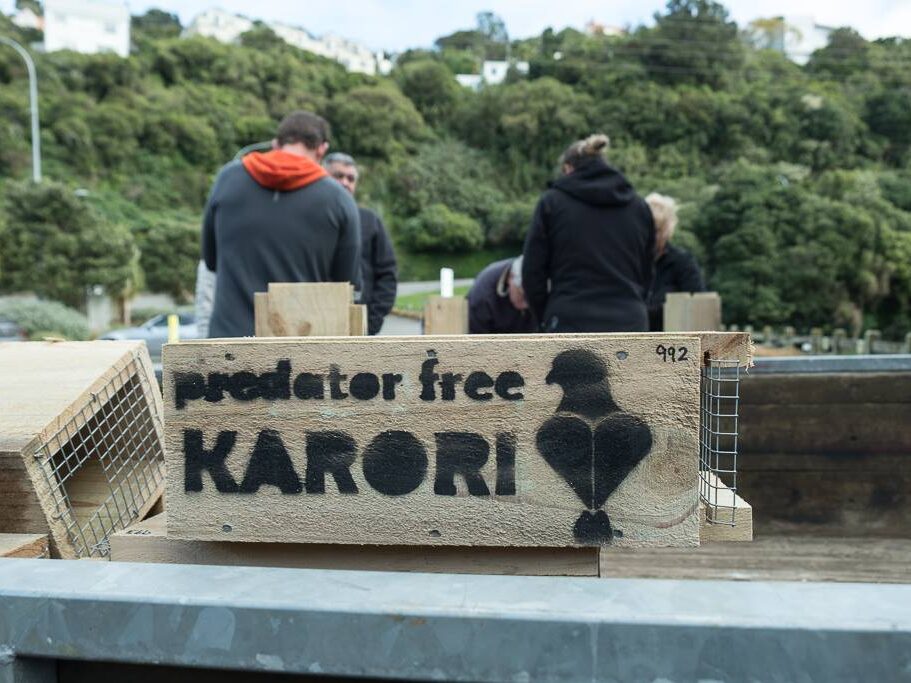
Predator Free Moera
Nestled in the riverside suburb of Moera, Lower Hutt lies a vibrant community that takes pride in its natural surroundings. From the majestic matuku moana (heron) to the playful kōtuku ngutupapa (spoonbill) and the melodic tūī, the residents share their neighbourhood with various native birds. With a trap network in place since 2019 to manage the unwelcome presence of Norway rats, Predator Free Moera is now on a mission to expand its efforts and get the wider community involved.
It’s the perfect time to ramp up efforts to complement a native planting group progressing along the Hutt River. Funding from the Trust will help the group’s goal to have 85 traps in action, one in every fifth backyard. Regular community potluck dinners at the local hall, newsletters, social media and word of mouth will spread the predator free mission into the community.
Predator Free Pukerua Bay
The dedicated members of Predator Free Pukerua Bay are on a mission. Residents of this seaside village on the Kāpiti Coast are enjoying visits from tūī, riroriro (grey warbler), kererū, the odd kākā and lizards, and the small but engaged group want to encourage these feathered and scaly visitors to move in permanently.
The goal is to distribute traps and tunnels to 100 new residents to expand the network and specifically target households bordering native bush reserves.
Otago
Brighton Trapping Project
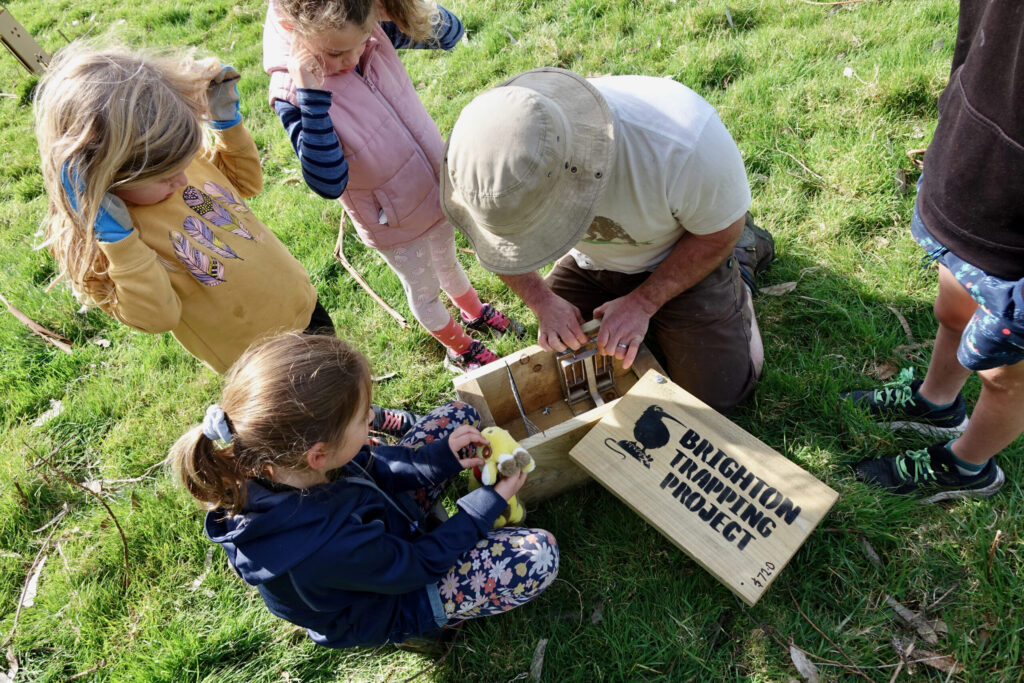
Inspired by the results of other community trapping groups in Dunedin, the Brighton Trapping Project is amping things up. Their goal for 2023 is to maintain the momentum they’ve created and build on it by doubling the number of private backyard trappers, raising their profile, and engaging local Big Rock Primary School.
Trust-funded traps will be sold at low cost and new members will be given one-on-one training to each person – a method the group found creates a much more deeply engaged network of backyard trappers. Their plan is also big on community engagement with plans to work with local schools, surf-life saving clubs, rugby clubs, and community halls to trap rats and possums.
Quail Rise Backyard Trappers
A new group is hitting the scene in Queenstown. The Quail Rise subdivision in Queenstown is starting a backyard trapping project to help complement trapping already ongoing around the Shotover River. Migratory birds live in and around this braided river habitat but are threatened by introduced predators.
The trapping plan will initially engage 25 residents to install traps in their yards and monitor them regularly. Whakatipu Wildlife Trust will provide free training and assistance to residents as the group finds its feet.
Southland
Stewart Island / Rakiura Community and Environment Trust (SIRCET)
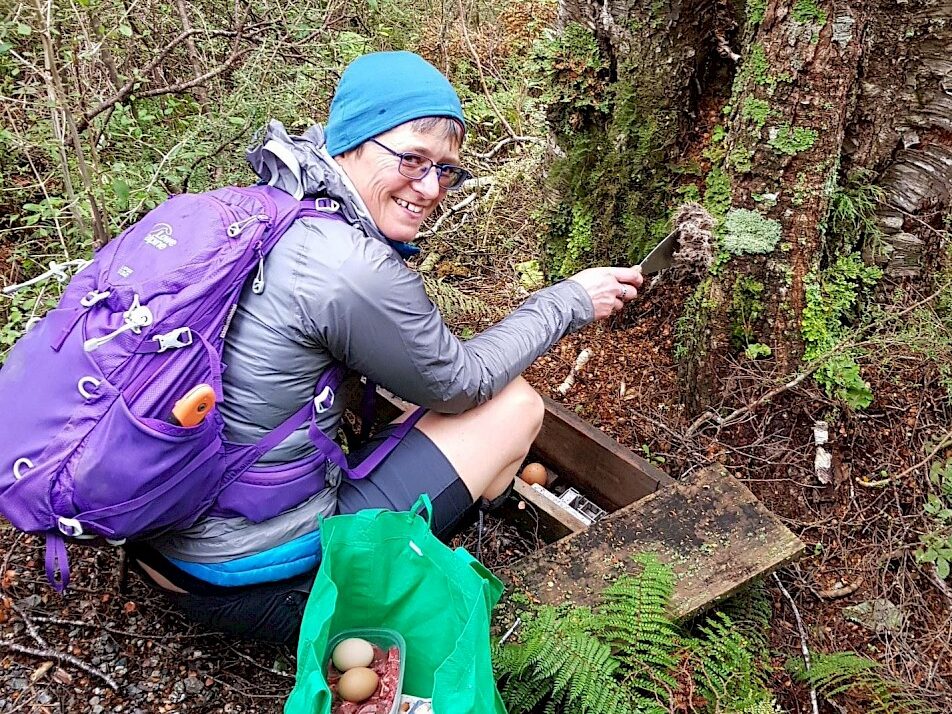
It’ll take Halfmoon Bay residents – young and old – to get involved in the fight to bring the loud chattering call of the tīeke (saddleback) back to their backyards.
Stewart Island/Rakiura Community and Environment Trust need the funding to reinvigorate their community of trappers and update trapping equipment in Halfmoon Bay, an 85-household township surrounded by bush on the eastern coast of Rakiura (Stewart Island). The community is looking to purchase new traps and build wooden tunnels to house easy-to-set rat traps that will last longer and be easier to maintain.

